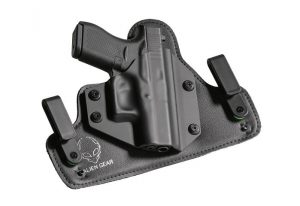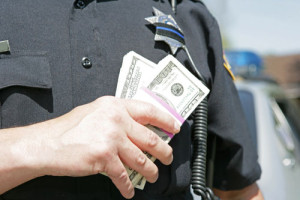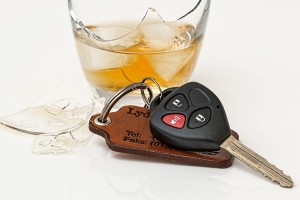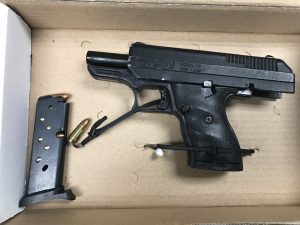 A Howard County woman was recently found guilty of 19 counts of making a false statement to a government agency after a month-long jury trial in Baltimore. The 50-year-old Elkridge woman owned and operated an information technology company that was retained by the National Security Agency (NSA) at Fort Meade in Howard County. From 2011 to 2018 the defendant’s company provided services to the NSA including maintenance and support of computer systems in the Counter Terrorism Management Center and the National Security Operations Center. Much of the contracted work required the handling of classified data, which meant the company performed the majority of its services on site at Fort Meade. The work on base was carried out in secure, access-controlled locations in order to limit data breaches. This also meant that the government was able to calculate approximately how much time the defendant and her employees spent working on the contract, which billed out at a rate of $150 per hour. Per the contract, the defendant’s company was required to assign a Program Manager (PM) to oversee performance, keep tabs on billing and to communicate directly with the federal government. According to facts presented at trial the defendant served as the PM for 17 months from March 14, 2016 to September 30, 2017. During this time the defendant billed out over 2,600 hours at a total cost of almost $400k for her role as a Senior Program Manager, and the NSA paid this bill in full. Problems began after an audit of the billing revealed that the defendant was not at Fort Meade during 90% of the hours she billed.
A Howard County woman was recently found guilty of 19 counts of making a false statement to a government agency after a month-long jury trial in Baltimore. The 50-year-old Elkridge woman owned and operated an information technology company that was retained by the National Security Agency (NSA) at Fort Meade in Howard County. From 2011 to 2018 the defendant’s company provided services to the NSA including maintenance and support of computer systems in the Counter Terrorism Management Center and the National Security Operations Center. Much of the contracted work required the handling of classified data, which meant the company performed the majority of its services on site at Fort Meade. The work on base was carried out in secure, access-controlled locations in order to limit data breaches. This also meant that the government was able to calculate approximately how much time the defendant and her employees spent working on the contract, which billed out at a rate of $150 per hour. Per the contract, the defendant’s company was required to assign a Program Manager (PM) to oversee performance, keep tabs on billing and to communicate directly with the federal government. According to facts presented at trial the defendant served as the PM for 17 months from March 14, 2016 to September 30, 2017. During this time the defendant billed out over 2,600 hours at a total cost of almost $400k for her role as a Senior Program Manager, and the NSA paid this bill in full. Problems began after an audit of the billing revealed that the defendant was not at Fort Meade during 90% of the hours she billed.
In October of 2017 the defendant participated in a voluntary interview with NSA officials who were investigating a whistleblower claim that the defendant was charging the government for work she did not perform. The defendant denied these claims, and maintained the billing was legitimate for work actually performed. She also stated that her timesheets were accurate and her billing for consistent 8-hour days was truthful. The jury thought otherwise, and sided with the government after almost on month of evidence and argument.
The defendant was convicted making a false statement to an agent or agency of the federal government under 18 U.S. Code §1001. This statute is routinely used by the feds to prosecute individuals in all types of cases ranging from complex financial frauds to less complicated gun and drug cases. Anyone who makes statements or submits writings or another type of communications that he or she knows are false could be prosecuted under this statute, but there are certain limitations. The government can only prosecute statements that are material and made in connection with a federal matter. The statement(s) must also be knowingly and willfully. Simply denying involvement in criminal activity or lying about an immaterial fact such as what a person had for dinner would not be prosecuted under this statute, but most everything else is fair game under the False Statement Accountability Act. This offense is generally punishable by up to 5 years in federal prison for each offense, though the penalty can increase to up to 8 years for certain offenses such as human trafficking or certain sex crimes.
 Criminal Defense Lawyer Blog
Criminal Defense Lawyer Blog










